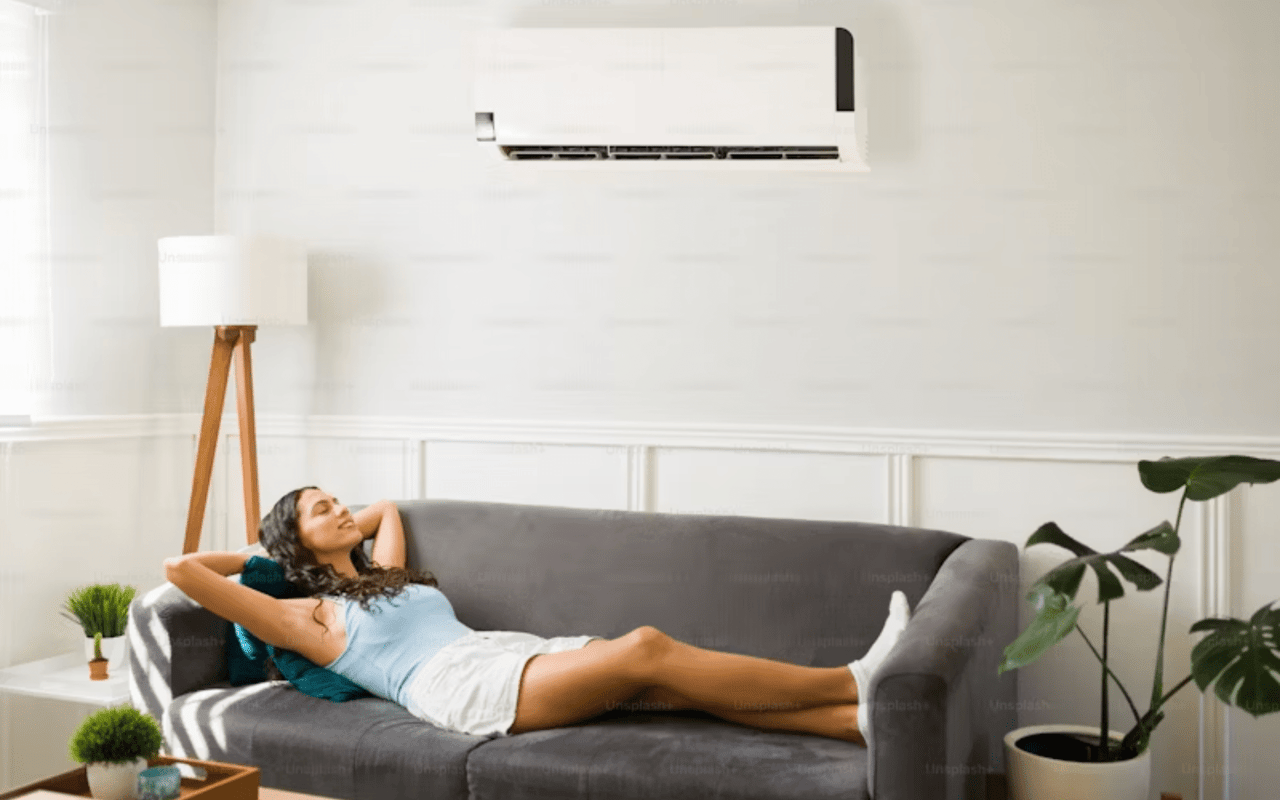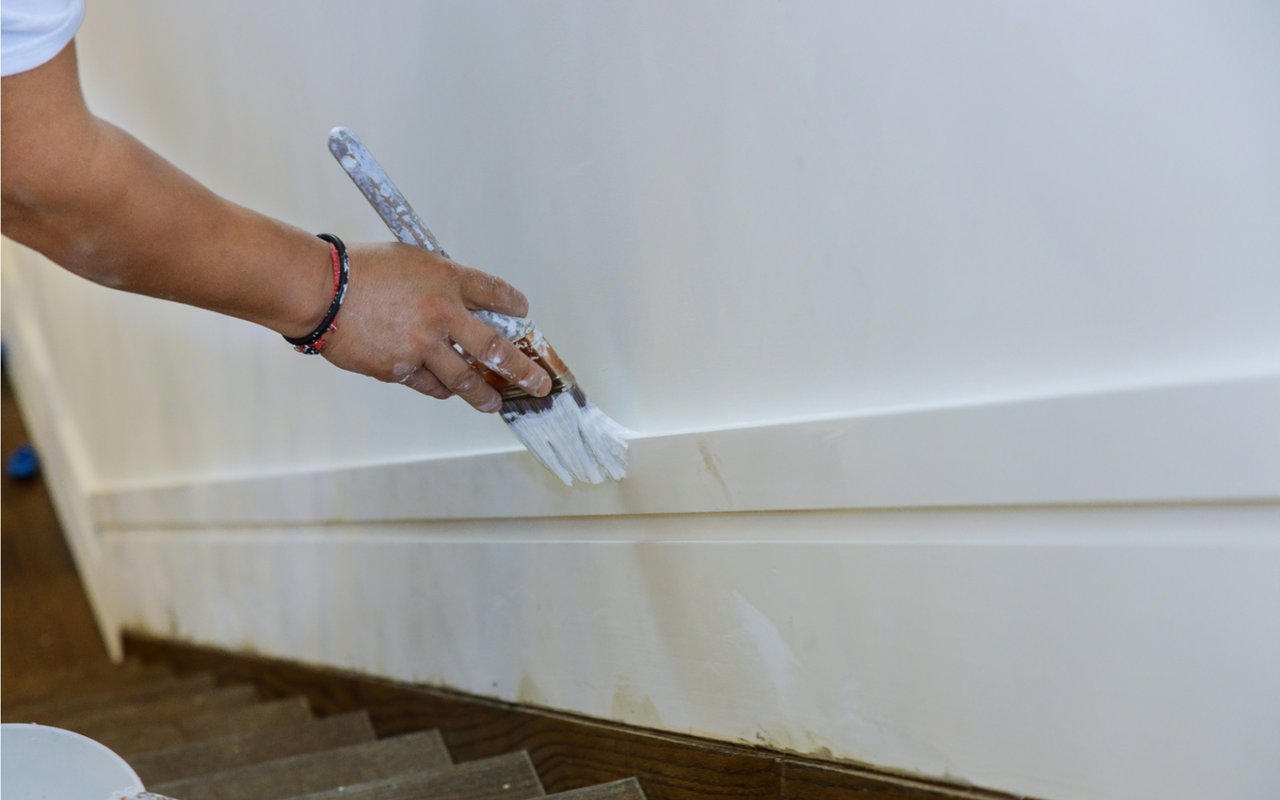Maintaining good air quality in your home is essential for your health and well-being. Indoor air pollutants can contribute to respiratory problems, allergies, and other health concerns. Fortunately, you can take several practical steps to ensure that the air in your home is clean and fresh. By taking simple steps like regular ventilation, using air purifiers, and maintaining your HVAC system, you can significantly enhance the air you breathe.
Whether you’re concerned about allergens or pollutants or want fresher air, these strategies will help you create a cleaner and more comfortable home.
Regular Ventilation
One of the most straightforward ways to improve the air quality of your home is through regular ventilation. By opening windows and doors, you can allow fresh air to circulate throughout your living space. This helps remove indoor air pollutants, such as dust, pet dander, and chemical fumes while bringing in oxygen-rich air. Proper ventilation is essential in areas like kitchens and bathrooms, where humidity and odors tend to accumulate. Ensure you create cross-ventilation by opening windows on opposite sides of your home for better airflow.
Use Air Purifiers
Air purifiers are practical tools for improving indoor air quality. They work by filtering out particles like dust, pollen, and smoke from the air. Some air purifiers have HEPA filters, known for capturing even the smallest particles. If you have allergies or asthma, investing in an air purifier can make a noticeable difference in your comfort by removing allergens and pollutants from your air. Be sure to choose a purifier appropriate for the size of the room to ensure optimal efficiency.
Houseplants for Better Air Quality
Houseplants are a natural way to improve air quality. Plants like the snake plant, spider plant, and peace lily are known for filtering out toxins such as formaldehyde and benzene from the air. Not only do these plants enhance the aesthetic appeal of your home, but they also work as natural air purifiers, promoting cleaner and fresher air. Also, houseplants can increase indoor humidity, improving air quality during dry seasons.
Regular HVAC Maintenance
Your HVAC system plays a significant role in maintaining indoor air quality. Over time, dust, mold, and debris can build up in the system’s filters and ducts. Regular maintenance, including changing air filters and cleaning ductwork, can help improve airflow and reduce the circulation of contaminants. Scheduling annual inspections with a professional HVAC technician ensures that your system is running efficiently and contributing to healthier indoor air. A well-maintained HVAC system also helps reduce energy consumption, saving you money.
Control Humidity Levels
Excess humidity can lead to mold growth and dust mites, both of which can negatively impact air quality. To control humidity levels in your home, consider using a dehumidifier in damp areas such as basements or bathrooms. Keeping the humidity between 30% and 50% can prevent mold and mildew from thriving, contributing to better overall air quality. Monitoring humidity levels with a hygrometer can help you maintain the ideal indoor environment year-round.
Avoid Synthetic Fragrances
Many air fresheners, candles, and cleaning products contain synthetic fragrances that release harmful chemicals into the air. These chemicals, known as volatile organic compounds (VOCs), can irritate the respiratory system and contribute to poor air quality. To improve the air quality of your home, opt for natural alternatives, such as essential oils or fragrance-free cleaning products. Avoid aerosol sprays as they add particulates to the air, reducing air quality.
Use Non-Toxic Cleaning Products
The cleaning products you use in your home can directly impact air quality. Many conventional cleaning products contain harsh chemicals that can release toxic fumes. Switching to non-toxic, eco-friendly cleaning products is an excellent way to reduce indoor air pollution. Look for products labeled as biodegradable, chemical-free, and made with natural ingredients. This simple switch can improve your home’s air quality and promote a more sustainable lifestyle.
Reduce Dust Buildup
Dust can accumulate quickly in any home, bringing a host of allergens and irritants. Regularly dusting surfaces, vacuuming carpets, and cleaning floors can help minimize dust buildup. Using a vacuum cleaner with a HEPA filter is particularly effective in capturing small particles that might otherwise remain in the air, improving the overall air quality of your home. For added protection, wash bed linens and curtains frequently, as they can harbor dust mites.
Eliminate Mold and Mildew
Mold and mildew thrive in damp, poorly ventilated areas, seriously affecting air quality. If you notice any signs of mold, such as musty odors or visible growth, it’s important to address the issue immediately. Clean affected areas with natural mold-killing solutions, such as vinegar or tea tree oil, and ensure proper ventilation to prevent future mold growth. Installing exhaust fans can help reduce the risk of mold buildup in areas prone to moisture.
Test for Radon and Carbon Monoxide
Radon and carbon monoxide are invisible gases that can pose serious health risks if undetected. Installing carbon monoxide detectors and testing your home for radon are important steps to improve the air quality of your home. If your home is found to have elevated levels of either gas, professional mitigation may be necessary to ensure a safe environment. Regularly replacing the batteries in your detectors ensures continuous protection.
Choose Low-VOC Paints and Materials
When painting or renovating your home, opt for low-VOC (volatile organic compounds) paints and building materials. Traditional paints and adhesives release harmful chemicals into the air, contributing to indoor air pollution. Low-VOC products are designed to minimize these emissions, ensuring that your home remains a healthier and more comfortable place to live. This is particularly important for individuals with respiratory conditions or young children in the household.
Keep Carpets and Upholstery Clean
Carpets and upholstered furniture can trap dust, pet hair, and allergens, reducing air quality over time. Regular cleaning, including vacuuming and deep-cleaning carpets and upholstery, can help reduce the presence of these pollutants. Consider using washable area rugs in areas with high foot traffic, which are easier to clean and maintain. Rotating and airing out rugs and cushions can also prevent dust accumulation.
About Hidy Homes Team
At the forefront of South Florida vibrant market stands the Hidy Homes Team, a dedicated group of professionals committed to delivering unparalleled service and exceptional results. Real estate is more than just buying and selling property — it's about helping you achieve your dreams and build wealth for the future. With our unwavering commitment to excellence, personalized service, and extensive expertise, we are proud to be your trusted partner in the dynamic world of Miami real estate.
Contact the Hidy Homes Team today and let us guide you to success in your real estate journey.




